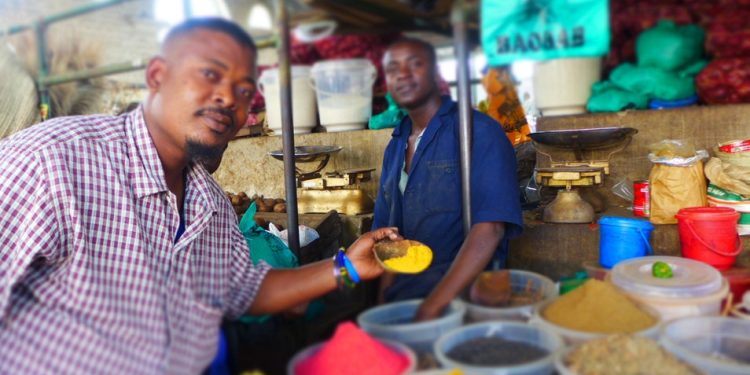According to the latest Kenya Financial Sector Stability Report, loans from the shopkeeper constitute the largest proportion of credit followed by loans from family and friends and mobile banks.
The report is prepared on a bi-annual basis by the Central Bank of Kenya in collaboration with other regulators in the financial sector.
The default rate for shopkeeper’s credit in the form of goods and services was 45.6 per cent but shopkeeper’s credit in the form of cash had a default rate of just 1.8 per cent.
Despite shopkeepers not directly linked to the financial sector, an increase in household default, raises credit risk to the financial sector because shopkeepers borrow from the financial sector to finance their merchandise.
Hence, the inability of households to repay goods purchased on credit reduces the capacity of shopkeepers to repay their loans, which reduces asset quality of financial institutions.
Mobile Loans
Mobile banking loans are mainly used to meet short-term household needs and emergencies, important in ameliorating liquidity problems and meeting unexpected household expenditures.
However, terms of credit, mechanisms to monitor borrowers, returns from investment financed using credit as well as economic growth influence the likelihood of household defaulting.
Default on loans is mainly attributed to the borrowers using the loan to meet other expenditures other than the intended and perhaps productive investment, lack of financial planning and unexpected changes in income.
The main expenditures on which borrowers diverted their loans included; food items, utility bills, unexpected emergencies and paying-off other loans. These expenditures do not generate income to service the loans hence this leads to default.




